Myrrh Herb – Health Benefits and Side Effects
Habitat: Native to Ethiopia, Somalia, the eastern Mediterranean, and the Arabian Peninsula. This tree prefers desert regions.
Plant Description: Myrrh is a shrub-like tree that reaches only about nine feet in height. This tree has a thick, light gray trunk with sharp spines protruding from its main branches.
The serrated-edged leaves grow in groups of three consisting of two small, oval leaves and one larger leaf.
Yellowish-red flowers hang in elongated, branching clusters, accompanied by small brown oval fruits.
Plant Parts Used: It is the bitter tasting rubber sap that is used as herbal medicine.
The sap secretes naturally from the bark of the tree and becomes a resin (Myrrh) when it solidifies.
The resin can be distilled to extract an essential oil, pulverized into a powder which can be used in tablets and capsules, or dissolved in ethanol to make a tincture.
The resin is mainly harvested from wild trees in Africa and the Arabian Peninsula. Myrrh resin forms irregular pieces varying in size and color. They are translucent and sometimes covered by a layer of white powder. The color can be white brown, greenish, brownish yellow, reddish yellow, reddish-brown or brown-black.

Therapeutic Uses, Claims and Benefits of Myrrh
Myrrh is traditionally used as burned incense which repels fleas and mosquitoes.
Thought to be effective for pain relief, including menstrual pain resulting from blood stagnation.
Powdered myrrh is used in Germany to treat throat and mouth inflammation.
It is also used on external injuries to reduce swelling. Applied directly to teeth, it can also help ease the pain of a toothache.
The ancient Chinese used this herb to treat wounds and bruises; it is still used as a broad-spectrum antiseptic to treat various ailments like conjunctivitis (pinkeye), cold sores and canker sores.
It is also believed that the use of myrrh promotes healing, making it a popular ingredient in veterinary salves.
Taken internally, myrrh’s antiseptic properties help treat gingivitis and loose teeth, as well as help get rid of bad breath or halitosis.
Because of the antifungal properties of the herb it may be used as an herbal treatment for athlete’s foot, candida and other fungal infections.
It is thought to be a good herb to reduce cholesterol levels, though clinical studies are thus far inconclusive.
Mixed with boric acid and boiling water, myrrh can be used as a gargle for oral inflammation, a sore throat, and gum issues.
Myrrh gargles may also be beneficial in other mouth and throat diseases such as strep throat.
Internally, it has been used as an expectorant and to relieve gastric distress. Additionally, it is used to soothe or relax smooth muscle tissue.
Research is currently underway to confirm possible cancer-fighting properties in myrrh.
Myrrh has antimicrobial properties and is used internally to stimulate macrophage action in the blood stream.
Dosage and Administration
Myrrh is used powdered, in a capsule, or in tincture form. This is a popular ingredient in dental care products, perfumed body care products, and as a food flavoring.
Dosage varies, though labeling on commercial products should always be adhered to.
A qualified physician will be able to give conclusive information on dosage for the specific ailment being treated for and which form of the herb is the best to use.
For a tincture, powdered myrrh can be added to a 50/50 solution of water mixed with gin, vodka, or brandy. There should be enough alcohol to cover the powdered herb.
Place in a cool, dark place for approximately two weeks, shaking several times daily.
The tincture should then be strained, placed in a dark bottle, and stored away from strong light. Take 1-2 mL three times a day.
An essential oil can be rubbed directly on the chest and throat to relieve the symptoms of bronchitis, or diluted with water or other base and applied directly to sores, bruises, and open wounds.
Side Effects and Possible Interactions of Myrrh
Myrrh should be avoided by pregnant or nursing mothers.
This herb should not be given to children and should be kept out of their reach.
Myrrh may cause irritation of the eyes and mucous membranes. Currently, there are no known interactions or side effects associated with myrrh, but as with any herbal remedy a doctor should be consulted before use.
The sweet-smelling oleo-gum resin is alterative, analgesic, antibiotic, antiinflammatory, antimicrobial, antiseptic, antispasmodic, antiviral, astringent, bitter, carminative, diaphoretic, disinfectant, emetic (large doses) emmenagogue, expectorant, purgative (large doses), rejuvenative, sedative, stimulant, stomachic and tonic. In Unani medicines it is used in dysmenorrhoea and amenorrhoea, in chest infections and chronic bronchitis, asthma and phthisis for stimulating expectoration. Also useful in dyspepsia and atonic uterine affections. Powdered myrrh has been endorsed by the German advisory Commission E as a beneficial treatment for mild inflammations in the throat and mouth. Myrrh acts as a broad-spectrum antiseptic and can be applied directly to sores and wounds.
Taken internally, myrrh is a beneficial treatment for loose teeth, gingivitis, and bad breath. The tincture may also be applied directly to a tooth to relieve toothache. It is antifungal, and has been used to treat athlete’s foot and candida. Some research indicates that myrrh is effective in reducing cholesterol levels. It is a tonic remedy said to relax smooth muscles, increase peristaltic action, and stimulate gastric secretions. The myrrh resin has antimicrobial properties and acts to stimulate macrophage activity in the blood stream. The herb is being studied for its potential as an anticancer medication. It is useful for relieving gastric distress and as an expectorant, though this folk application has not been confirmed by experimental evidence. Myrrh increases the motility of white blood cells and normalises mucous membrane activity, which helps the body fight infection. It also promotes tissue granulation and combats blood stagnation. In Chinese medicine, it is used for wounds, bruises, and bleeding.
Recommended Dosage
1 to 2 g powder of gum.
Contraindication
This gum is contraindicated during pregnancy, as the resin can stimulate the uterus. Large amounts can be overly laxative. Camphor in large doses is toxic (2 g). The lethal dosage for children is approximately 1 g and for adults 20 g. Toxicity symptoms are headache, nausea, excitement, confusion and delirium; ultimately there is loss of consiousness. The ingestion of solid camphor by children is a common cause of camphor poisoning. Undiluted essential oil in their purest state is extremely potent, and should be blended with a carrier oil or other medium prior to use directly on the skin, as the essential oil may cause irritation.
مر۔ مرمکی
ماہیت ۔
مرایک کانٹے دار درخت کا رال دار گوند ہے۔جو اس کے تنے میں شگاف دینے سے حاصل ہوتاہے۔جب شگاف دیاجائے تو جو رس نکلتاہے وہ گول یا بے قاعدہ دانے آپس میں چپک کر چھوٹی چھوٹی ڈلیاں سی بن جاتی ہیں ۔یہ ڈلیاں باہر سے سرخی مائل زرد ہوتی ہیں ۔ان کا مزہ تلخ اور خوشبودارہوتاہے۔جن کو بہترین مرمکی سمجھاجاتاہے۔
مقام پیدائش ۔ سعودی عرب میں عرب سقوطرہ افریقہ ،مشرقی امریکہ ،شام اورہندوستان کے مغربی حصہ میں پیداہوتاہے لیکن وہ افعال و خواص ہندوستان میں قدرے کمزور ہوتاہے۔
مزاج ۔ گرم خشک ۔درجہ دوم۔
افعال ۔ مدرحیض ،دافع تعفن ،مجفف ،جالی ،کاسرریاح ،مقوی معدہ ،قاتل کرم شکم ،منفث بلغم ،محلل ،مفتح ،مسخن۔
استعمال بیرونی ۔
مجفف اور جالی ہونے کی وجہ سے دیگر ادویات کے ہمراہ کحل میں شامل کرکے قروح چشم اور ظلمت بصارت کے لئے آنکھوں میں لگاتے ہیں ۔یا دودھ میں حل کر کے آنکھوں کو اس سے دھوتے ہیں عرق گلاب میں ملاکر قلاع قروح لثہ اور استرخائے محلل و مفتح اور مسخس ہونے کی وجہ سے اوجاع مفاصل نقرس اور عرق النسائے میں شرباًو ضماداًاستعمال کیاجاتاہے۔اورام بلغمی کی تحلیل کے لئے بھی اس کو بطورضمادا ستعمال کرتے ہیں ۔ناسور چشم پر صر ف مرمکی پانی میں پیس کر لگائی جائے تو اس کو اچھا کردیتی ہے ۔
استعمال اندرونی ۔
دافع تعفن ہونے کی وجہ سے دیگرمناسب ادویہ کے ہمراہ گولیاں بناکراس کو وبائیہ امراض کے زمانہ میں بطور حفظ ماتقدم استعمال کراتے ہیں مقوی معدہ و کاسرریاح ہونے کے باعث نفخ سوہضمی اور قبض میں استعمال کرتے ہیں چونکہ مرتلخ باعث سرفہ ضیق النفس بلغمی خشونت حلق اوربحتہ الصوت میں نافع ہے۔اس کے علاوہ درد پہلو کے لئے بھی مفیدہے۔
ادرار حیض کے لئے اس کو ایلوا کے ہمراہ گولی بناکر کھاتے ہیں اور اس کا ٹنکچر آج بھی جدید طب میں ادرار حیض کے لئے استعمال کرتے ہیں ۔
فوائد خاص ۔ مدرحیض ،امراض چشم ۔
مضر۔ گرم مزاج کے لئے ۔
مصلح ۔ شہد خالص سرد تر چیزیں ۔
بدل – قسط جندبید ستر اور مومیائی ۔
مقدارخوراک ۔ ایک گرام سے دوگرام ۔

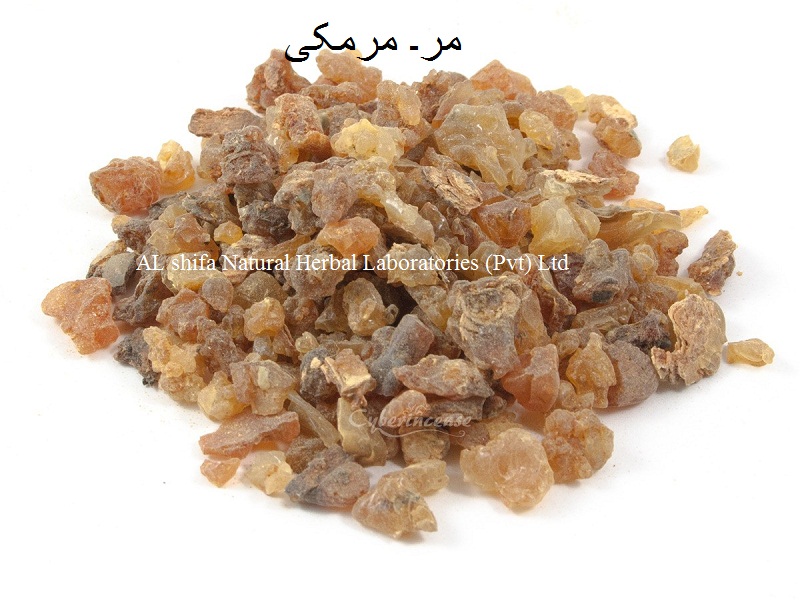


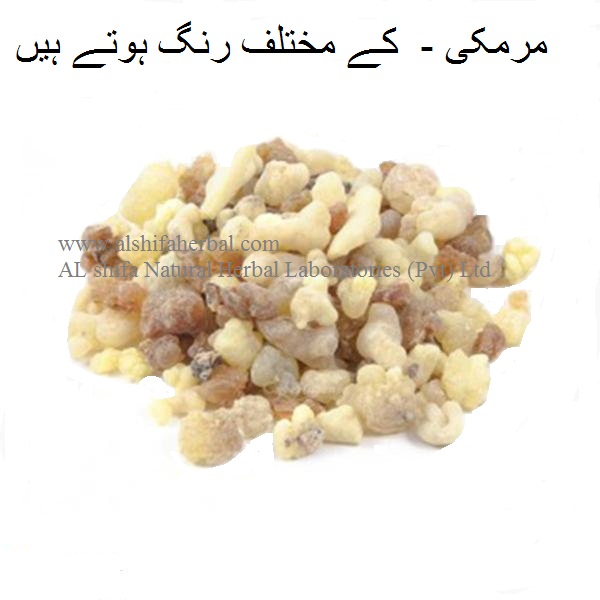
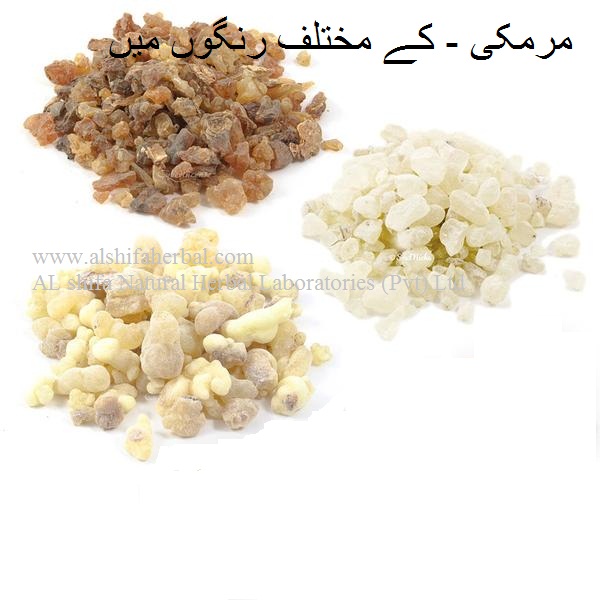

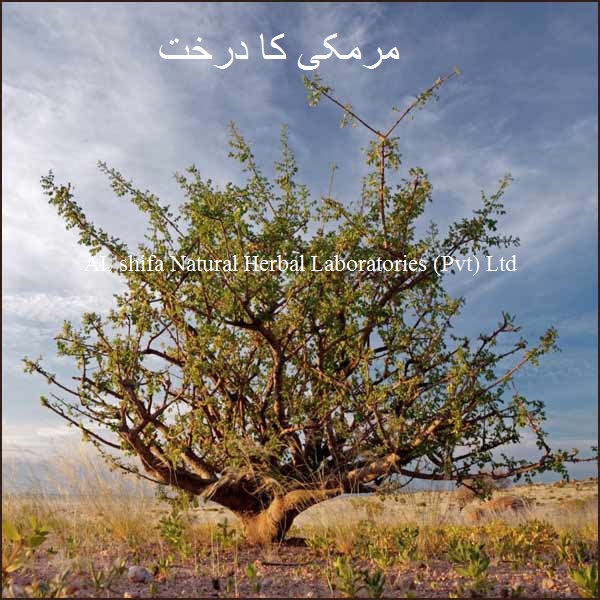
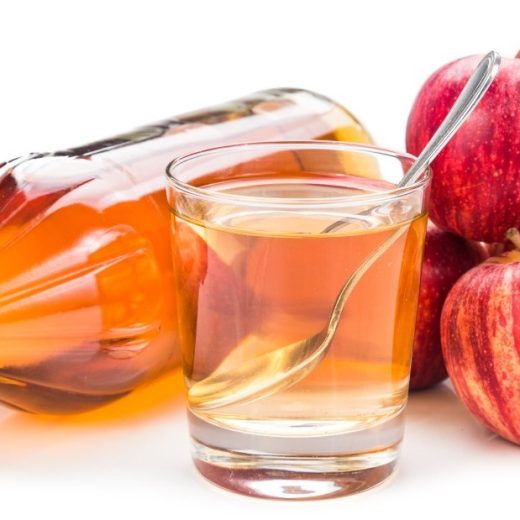
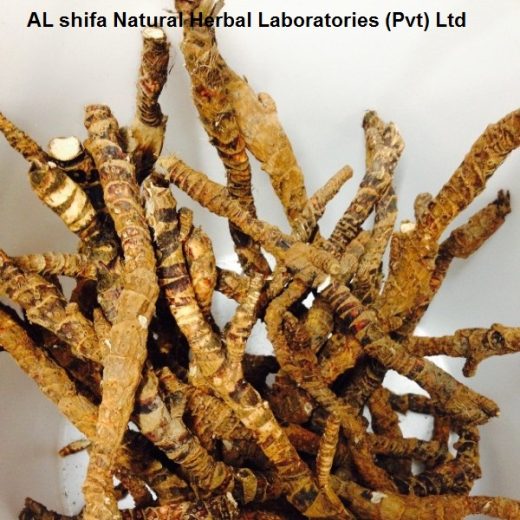
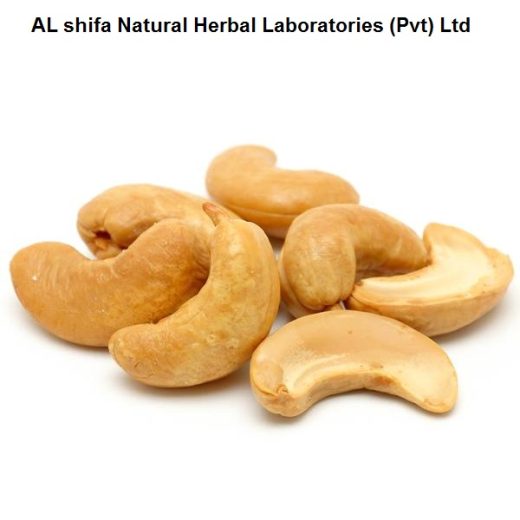



Reviews
There are no reviews yet.